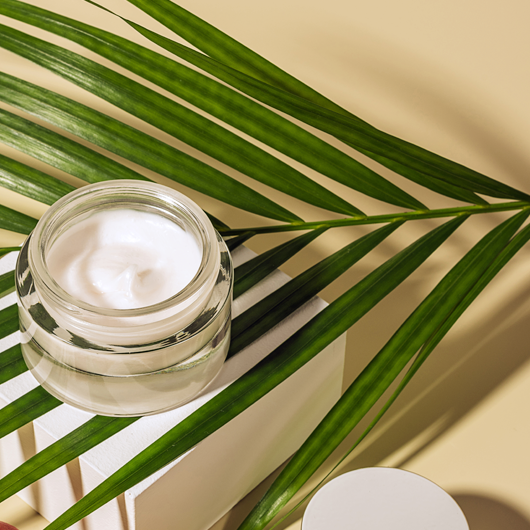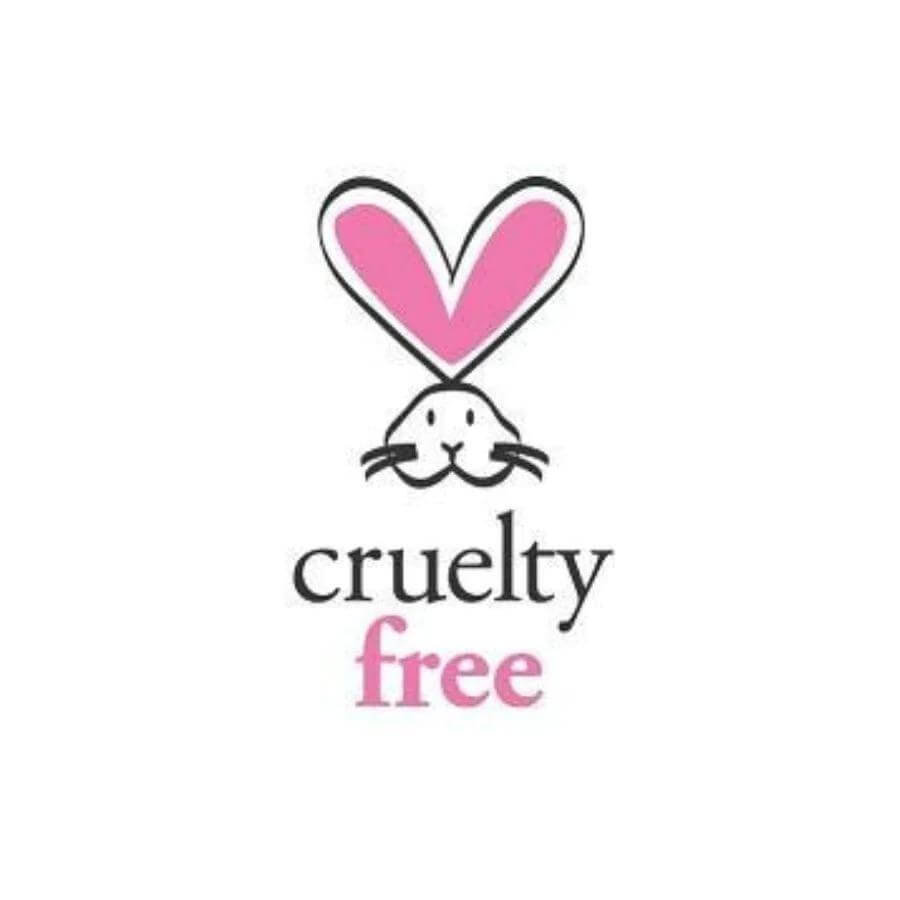Cruelty-Free – What Is It All About?

If you’ve been paying attention to the cosmetics industry at all in the last few years, you’ve probably heard the words “cruelty-free” thrown around quite a bit. You know that cruelty-free cosmetics and beauty products are preferable to traditionally manufactured goods, but do you know why?
In a nutshell, when you see a product labeled as “cruelty-free,” you can rest assured that it was not tested on animals. It’s labeled this way because, when you see the painful and even fatal tests performed on lab rats and other animals in laboratories, “cruel” is probably one of the very first words to come to mind.
What Does Cruelty-Free Mean?
Baroness and animal-rights activist Muriel Dowding first coined the term cruelty-free when she persuaded fake fur manufacturers to use her catchphrase (and later, in 1959, her charity’s name) “Beauty Without Cruelty” (Encyclopedia of Animal Rights and Animal Welfare 1998). The term then became even more popular in the ‘70s, thanks to Fashion With Compassion founder Marcia Pearson (Stepaniak 2000).
As you can see, then, the cruelty-free movement didn’t begin with the beauty industry or with compassion for lab animals. Rather, it started in the fashion industry, with activists and fashionistas choosing to forego clothing choices that required innocent animals' deaths. However, the two groups – both fighting for animal rights – were seemingly linked from the very beginning.
In 1957, while Baroness Dowding was campaigning for cruelty-free (faux) furs, Charles Hume and William Russell were in the midst of publishing a book titled The Principles of Humane Experimental Technique, in which they outlined the minimization of animal use in painful or harmful lab testing. Since the inception of the cruelty-free movement, other activists and organizations have taken it on, including one of the most famous animal-rights groups worldwide, PETA (People for the Ethical Treatment of Animals).

Who Is PETA, and What Do They Do?
According to PETA, the group’s philosophy is that we should not use animals for purposes that can harm them. They are not for us to eat, test, or make us laugh. As such, their mission is to focus on eliminating animal testing, factory farming, animals in entertainment, and the use of animal skins and parts for clothing. PETA has been a big part of the movement toward alternative lab testing practices, such as reconstructed human epidermis.
Human skin is donated after cosmetic surgery procedures and used for cosmetic testing purposes. More alternatives to animal testing are being developed every day. More cosmetics and beauty products companies choose to pursue these methods as the demand for cruelty-free products rises.
Cruelty-Free or Vegan?
We should note that PETA is a vegan institution. Its 3 million members and supporters are working toward eliminating the use of animals and animal products in cosmetics and other industries. However, not all cruelty-free products are entirely vegan. Some products that are not tested on animals in the lab may contain ingredients like gelatin, lanolin, and other products derived from animals.
This doesn’t mean that the manufacturers of these commodities are lying to you. Still, you should be aware. If you’re looking for products that involve no animal parts or products, you’ll need to look for vegan products, not just cruelty-free products.

Should You Go, Cruelty-Free?
If you’re worried about side effects, allergic reactions, or any other issues with your cosmetics, we can assure you that cruelty-free products are still rigorously tested for safety and efficacy before they are released onto the market. Buying cruelty-free cosmetics is safe for your complexion and health, and you’ll feel better about buying ethically sourced products that don't hurt animals, too.
Sources:Encyclopedia of Animal Rights and Animal Welfare, 1998, p. 139, ISBN 978-0-313-29977-3
Joanne Stepaniak, Virginia Messina (2000), "The Body Beautiful," The Vegan Sourcebook, McGraw-Hill Professional, ISBN 978-0-7373-0506-7
Balls, Michael (7 January 1994). "Replacement of animal procedures: alternatives in research, education, and testing." Laboratory Animals (London) 28 (3): 193–211.doi:10.1258/002367794780681714. PMID 7967458. Retrieved March 30, 2013.
https://www.peta.org/about-peta/








